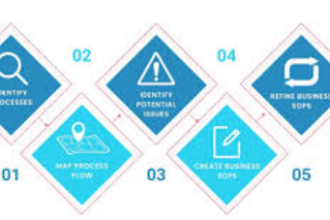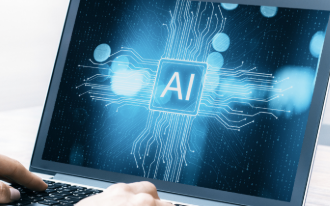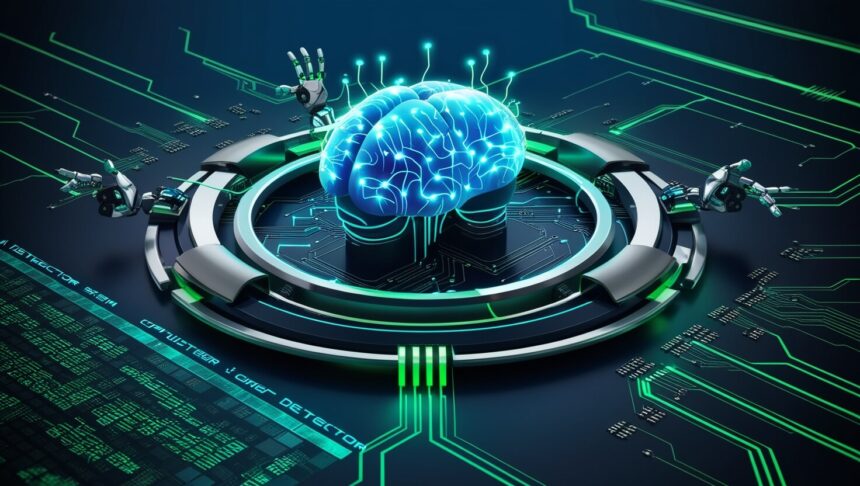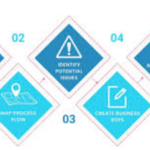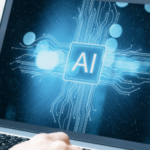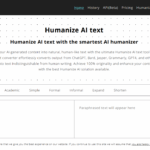In this article, I will discuss the How AI Detectors Work, focusing on the technologies and techniques used to recognize AI content.
These tools are crucial in preserving the authenticity of content, from examining patterns in text to detecting discrepancies in images. Understanding how these tools operate allows us to cope with the expanding influence of artificial intelligence in our lives.
What Are AI Detectors?
AI detectors are programs meant to spot whether a piece of content, regardless of its form—text, image, or video—has been formulated by AI or a human. AI detectors look into patterns, systems, and differences that can be distinct in a non-human created content.
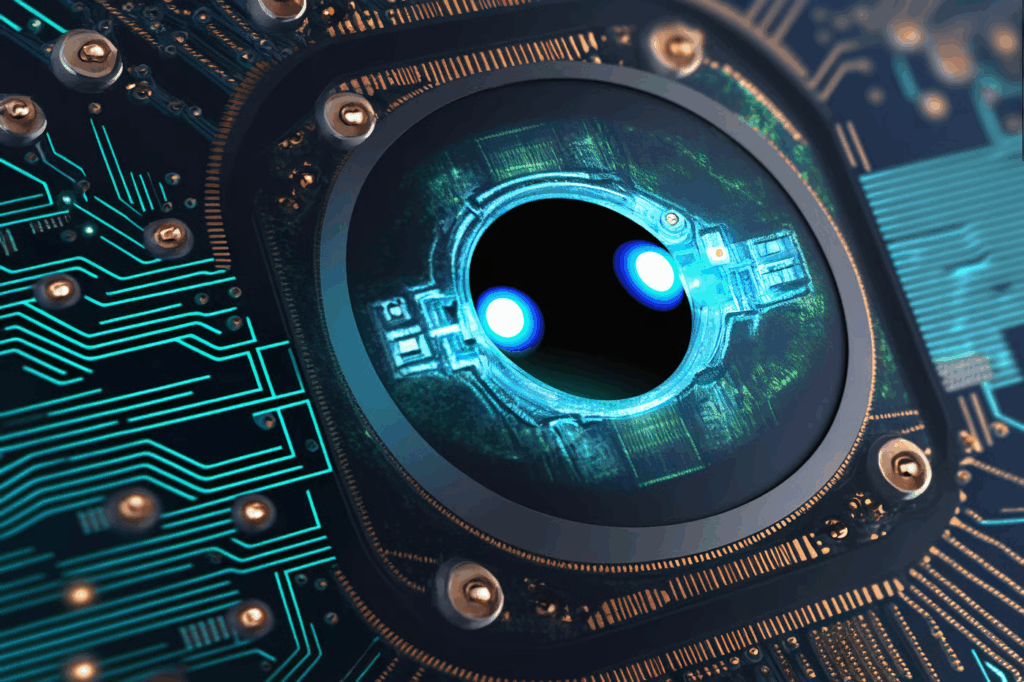
As an illustration, in written text, they could estimate how difficult a sentence is, how much it can be guessed, and the vibe.
In images and videos, they check for uniformity of pixels or characteristics of the face. More and more, AI detectors are being put into practice in schools, the media, and in cybersecurity for authenticity verification, misinformation prevention, and upholding morals in digital relations.
How AI Detectors Work
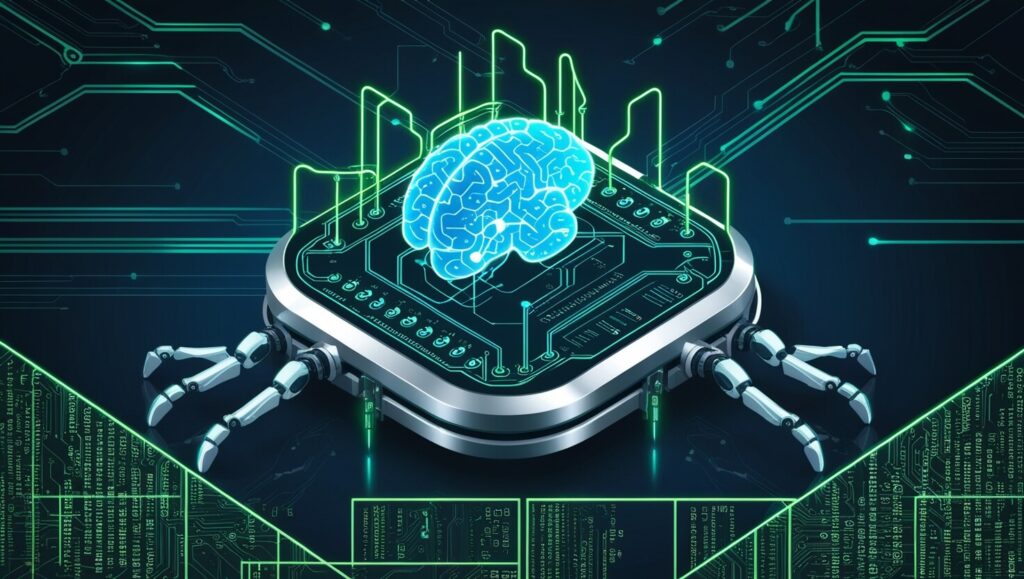
Perplexity Analysis
Perplexity is a measure of how structured a text is. AI-generated text is structured and predictable, whereas human writing has randomness and variation, which results in less predictability.
Burstiness Detection
Human writing is more likely to have sentences of all lengths and varying levels of difficulty. AI detectors look for the presence of consistent patterns that suggest content was generated by an AI.
Metadata Examination
some detectors check for AI elements within the hidden information contained in videos and images.
Deep Learning Models
More advanced detectors apply neural networks trained on extensive data sets to identify AI-created content within specific frameworks.
Watermark and Fingerprinting
More modern approaches involve the use of invisible watermarks embedded in AI-made content, making it easier to confirm authenticity.
Benefits Of AI Detectors
Content Verification and Swindle Prevention
Education is being revolutionized with the help of technology. Suspicion of AI assignment generators is no longer a worry for educators—the AI detectors assist monitors in detecting AI-written submissions, thus promoting fairness.
Misinformation Detection and Counteraction
AI detectors work tirelessly in the backdrop, combating misinformation by detecting deepfakes and infamous false narratives.
Advanced Cybersecurity
AI detectors distinguish between unregulated profiles and automated spam, thus shielding users from myriad online dangers.
Support for Misinformation Accountability
AI-generated content requires sharing responsibility. The introduction of AI-verified detectors allows for boundaries to be drawn by permitting the construction of clear parameters for AI’s involvement.
Support for Upholding Ethics
It is now strictly encouraged to use AI responsibly. Verified boundaries contribute to the safeguarding of unnecessary permissiveness aimed at AI-verified texts.
Facilitate Regulatory Governance Compliancy
Detectors ensure an organization’s documents and communications are lawful and ethical, therefore, helping users comply with relevant standards.
Limitations of AI Detectors
False Positives and Negatives are Possible: AI detectors scrutizine text that scribed by humans and mark them as AI generated and vice versa. This is mostly the case with heavily edited text.
Difficulty Detecting Fine-Tuned AI: Customized AI-generated content may not get picked up with standard detection tools, making such tools less reliable.
Context and Nuance Challenges: In many cases, detectors seem to miss context, underlying sarcasm, or cultural undertones, therefore affecting precision, especially in sophisticated or creative writing.
Applications of AI Detection
Educational Purpose
Most educational institutions now implement AI detectors to check if students are using AI to write their essays or complete assignments. This helps in maintaining academic integrity.
Media and Journalism
News agencies employ detection systems to check the validity of the articles, images and videos published, ensuring that there is no fake news.
Cybersecurity and Fraud Prevention
The uso of AI detectors assists in identifying fraudulent social media accounts, automated spam messages or synthetic media, thus maintaining trust in the internet.
Tips For Safe AI Detection
Select Detection Tools With Great Trust
Use only the most accurate AI pieces of equipment you can find to avoid wasting time.
Employ Many Techniques In Verification
Running the content through various tools increases its credibility.
Ensure That You Are Updated
Ensure the software is updated regularly so that new functionalities of AI content generation are dealt with.
Maintain Eyes & Ears On Details
Make sure that there is no scanning of any sensitive or private information without permission.
Ignore Contradicting Findings And Always Trust The Results Presented
Do not trust the results in multiple forms, have faith in them for the sake of sanity.
Add During Interrogation of Clear Participants
Explain the manner in which any AI capable of being detected works along with how the outputs can be interpreted.
Future of AI Detection
Detection Algorithms Will Become More Sophisticated
As revisions to AI systems occur, detectors will incorporate advanced mechanized learning and contextual comprehension for more precision in distinguishing capabilities.
Monitoring Tools that Work Instantly
Future AI detectors could function in real-time, marking content created by AI in emails, social media, and other websites immediately.
Integration with Principles of Responsible AI Use
AI detection will likely be used alongside tools of content disclosure to allow users check the source of a document while guarding sensitive information and enabling responsible AI use.
Risk & Considerations
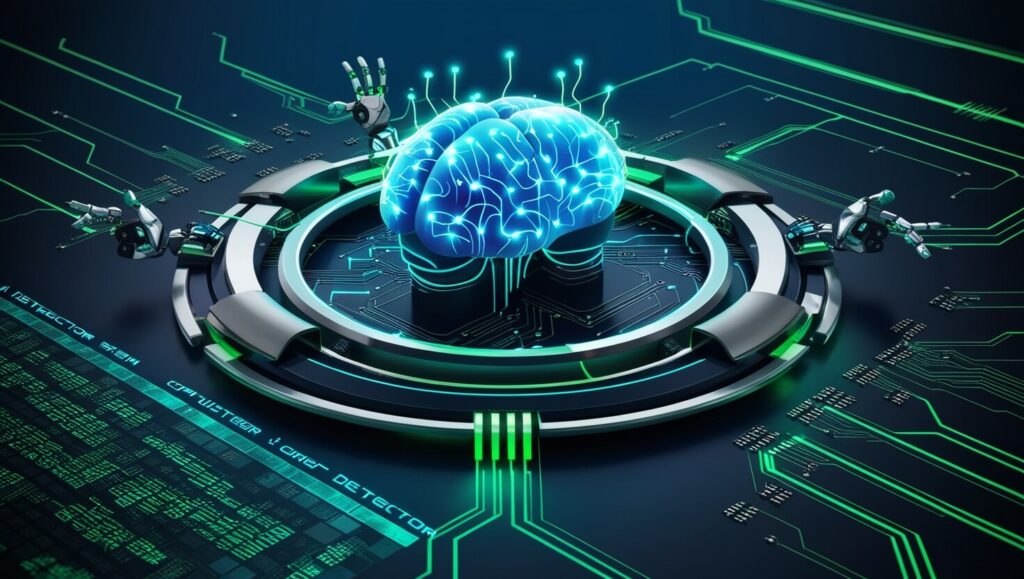
Accuracy Limitations: Inaccuracy remains one of the issues AI detectors face as these systems strive to classify human-produced text instead of identifying whether or not AI was used.
Privacy Concerns: Determining whether a document contains traces of an AI algorithm may present ethical dilemmas, especially concerning authorized private data.
Over-reliance on Tools: Trusting relational algorithms too much has proved dangerous. Exclusive reliance on AI detectors overlooks the extensive marginal errors made by automated systems.
Evolving AI Models: Detectors are likely to become increasingly ineffective because they cannot keep up with the rapid advancements in AI.
Bias in Detection: Detectors may incorporate biases from their training corpus that render the system unfair to the user.
Potential Misuse: These tools can be employed for the unjust suppression of content creators, denying them the chance to rebut false allegations made against them.
Pros & Cons
| Pros | Cons |
|---|---|
| Help maintain academic and content integrity | May produce false positives or negatives |
| Detect misinformation and deepfakes | Struggle with advanced or fine-tuned AI content |
| Enhance cybersecurity and fraud detection | Limited understanding of context and nuance |
| Support responsible AI usage | Ethical concerns around surveillance and privacy |
Conclusion
To sum up, AI detection tools assist in identifying the use of technology in created works, whether it be in text, images, or videos. They check for patterns, words, and any abnormal data in order to protect originality in the digital world.
These tools, although not faultless, are advancing at a rapid pace to keep up with the development of technology-powered tools, proving to be beneficial in classrooms and media centers, as well as for computer security.


